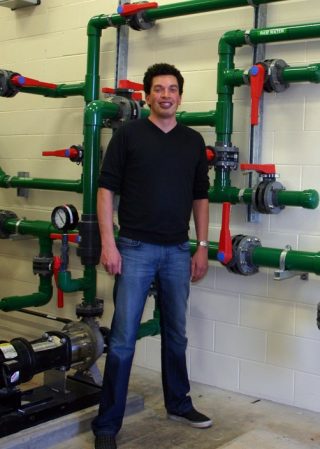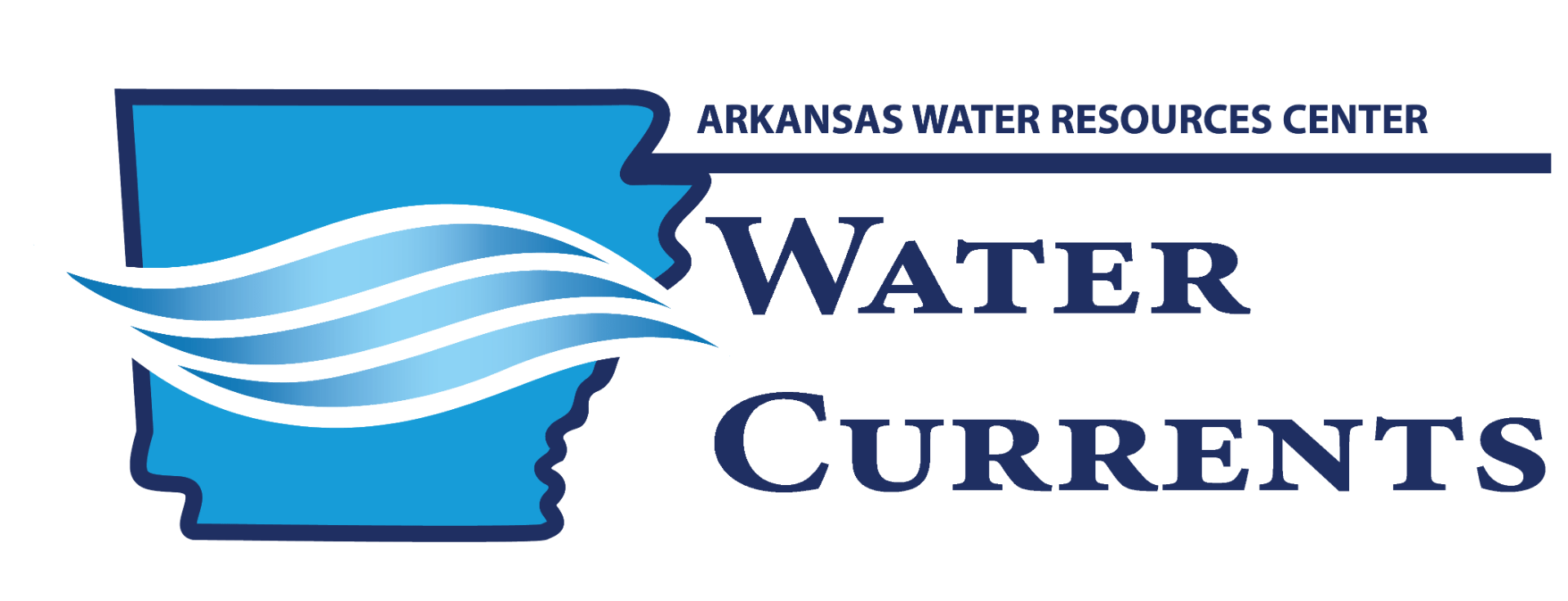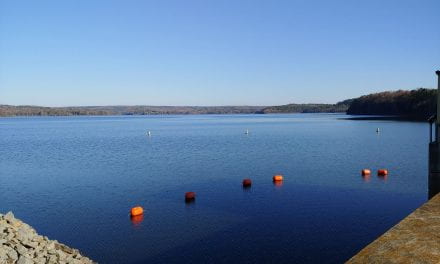
Researchers Study Harmful Chemicals in Drinking Water Systems

Biofilms, which are a collection of living and dead material, including bacteria and fungi, can actually form inside of pipes that pump clean drinking water from the treatment plant to your house. If not managed properly, biofilms can cause corrosion issues and allow harmful bacteria to grow and potentially contaminate the water supply.
But there are other chemical reactions that can take place with these biofilms in water distribution pipes. The formation of disinfection byproducts (DBPs) is one example. DBPs are a group of potentially harmful chemicals that form when disinfectants such as chlorine or chloramine react with other chemicals during water treatment or even in distribution pipes.
So What?: Nitrosamines are a group of DBPs that are known carcinogens, and can make people sick even at the very low levels they tend to form. So far, not a whole lot is known about where and how nitrosamines are formed, especially the potential for them to form from biofilms in distribution pipes.

Image: Dr. Julian Fairey
The Research Question: Dr. Julian Fairey, associate professor, and David Meints, former graduate student, in the Department of Civil Engineering at the University of Arkansas, wanted to know: do nitrosamines form in biofilms lining distribution pipes?
The Methods: Fairey and Meints grew different types of biofilms in the lab similar to what is found in distribution pipes. Next, they treated the biofilms with chloramine, a common disinfectant used to kill bacteria in treatment plants and distribution lines. Then they measured nitrosamines using a chemiluminescence technique, which emits light as a result of chemical reactions. Nitrosamines are formed when chloramines react with certain chemicals that might be present in biofilms.
The Findings: Indeed, Fairey and Meints were able to measure the formation of nitrosamines from biofilms. These model biofilms contained chemical precursors that can form nitrosamines when chloramine is used as a disinfectant in drinking water treatment. These findings present an important proof of concept for the potential for nitrosamines to form outside the treatment plant and in water distribution pipes.
The Benefits: Little is known about the formation of nitrosamines in drinking water distribution pipes, and this research shows that there is the potential for this to happen. The work done here by Fairey and Meints opens the door for future research to better understand how nitrosamines are formed in biofilms. By understanding the mechanisms, treatment plants will be able to change how they use chloramine, modify their treatment design process to remove precursors, and adjust how they operate their distribution systems.
Fairey was able to leverage the research from this small seed grant from the AWRC to obtain a much larger research grant from the National Science Foundation, led by Dr. Wen Zhang, faculty researcher also in the UA Department of Civil Engineering.
This material is based upon work supported by the U.S. Geological Survey under grant agreement No. G11AP20066 and administered by the Arkansas Water Resources Center. The views and conclusions contained in this document are those of the authors and should not be interpreted as representing the opinions or policies of the U.S. Geological Survey.













